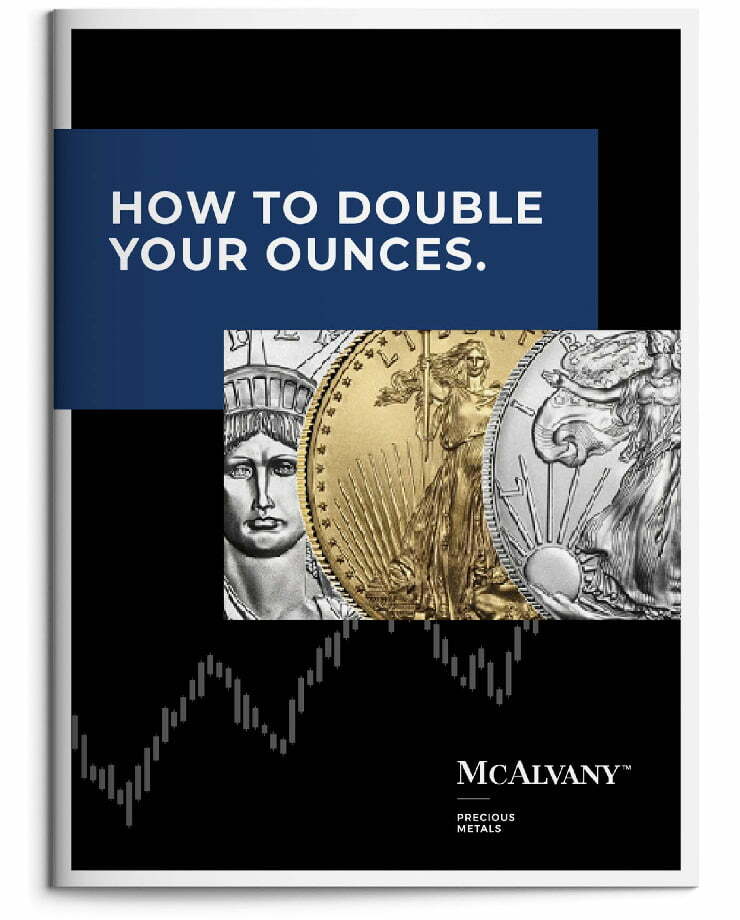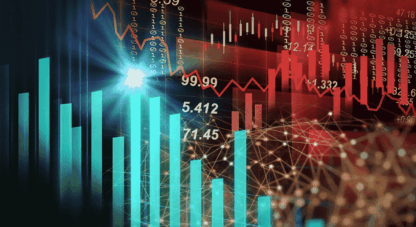Since taking office, President Trump has clearly stated his agenda and moved strongly to implement it. However, the opposition or indifference to his priorities is accumulating so quickly and substantively that it is becoming the main story (as it did in his first term). His efforts to deport illegal aliens are being massively opposed by organized and often violent demonstrations. His efforts to cut the budget deficit are made difficult by his own priorities to retain entitlement and military spending, along with the difficulty of drastically reducing the bureaucracy. His peace-making efforts have been thwarted first by Zelensky, then by Putin, then (possibly?) by Netanyahu.
These powerful reactions would be portentous enough if America was in good shape financially and culturally. That’s not the case, however. The analysts summarized below give the details, but it seems that many big players in the financial realm are again inviting disaster, even as violent demonstrators in the US seem determined to provoke exploitable reaction, and very big players on the international scene flirt with major war that could draw in many Western nations, certainly including the US. These developments give whole new meaning to “flight to safety.”
Key Takeaways:
- Value is starting to matter
- Real economy vs. financial economy—the difference tells the story
- The giant awakens
- White metals on a tear
The McAlvany Weekly Commentary: “Sound Money” Actually Makes A Sound
David and Kevin note this week that, under the 19th century sound money standard, the physical integrity of gold and silver coins was evident by a clear ringing sound when hit with another piece of metal. Debased coins would instead make a dull thud. It’s a stark contrast to modern fiat currency, which can be almost undetectably debased through inflation. Over time, such inflation has immensely reduced the real income of most Americans. David highlights the growing public demand for precious metals, particularly silver, as a sign of the next bull market phase. He notes that the legislative process has become so complex and bureaucratic that bills are often passed without being read by legislators, leading to unsound laws. The hosts also warn of the potential risks of digital currencies, especially so-called stablecoins, which could be vulnerable to security threats from advancing quantum computing.
Credit Bubble Bulletin: “Real Economy Sphere vs. Financial Sphere”
In this week’s CBB, Doug revisits his “real economy sphere vs. financial sphere” framework, using Q1 2025 Z.1 data to highlight troubling dynamics in the financial sector. While non-financial debt slowed to a 2.82% growth rate, financial sector debt surged by 6.08%, with broker/dealer repos hitting record highs not seen since 2008. Doug notes that this imbalance, driven by aggressive leverage and risk intermediation, echoes the excesses of the mortgage finance bubble. He warns of unsustainable perceptions of “moneyness” in today’s financial instruments. Meanwhile, household net worth dipped slightly but remains inflated at 565% of GDP, underscoring the precarious disconnect between asset prices and real economic productivity. Global tensions add to the unease: escalating conflict between Israel and Iran raises risks of broader instability, while central banks’ historic gold purchases suggest shifting trust away from fiat currencies. Doug ties these themes together with a stark conclusion—today’s financial system is smoldering under the weight of leverage and misplaced confidence, reminiscent of 2008 but on a much larger scale. While markets appear calm on the surface, the undercurrents suggest a storm may be brewing.
Hard Asset Insights: The Flight-to-Quality Asset
In this week’s Hard Asset Insights, Morgan dives into the escalating Middle East tensions following Israel’s aggressive strikes on Iranian nuclear facilities, a move that goes beyond deterrence to materially degrade Iran’s program. This geopolitical upheaval has likely put a mid-$60s floor under oil prices, reviving inflation concerns and pointing to higher U.S. Treasury yields, intensified market volatility, and a bullish backdrop for gold. Morgan highlights how Western investors are waking up to the “debt trap” reality, as noted by Paul Tudor Jones, who warns of negative real rates and inflation as tools to manage unsustainable U.S. fiscal policies. Jeffrey Gundlach reinforces this sentiment, declaring gold—not U.S. Treasuries—the new “flight-to-quality” asset. Amid shifting macro dynamics, silver’s breakout above $35 and gold miners’ strong performance signal growing Western participation in the precious metals bull market. With the dollar weakening and inflation risks mounting, Morgan paints a picture of a paradigm shift where gold emerges as the star of the safe-haven show. The message? The old rules no longer apply, and gold is increasingly where the smart money is headed.
Golden Rule Radio: White Metals Lead the Charge
Silver and platinum stole the spotlight this week, with silver surging over 5% to break the $35 mark and platinum skyrocketing 13% to $1,232, leaving gold to play a quiet supporting role. As hosts discuss, the white metals’ rally is fueled by tightening supplies, especially platinum’s persistent deficits, alongside growing industrial demand. Palladium joined the party too, climbing 7.5%. Meanwhile, gold held steady, down just 0.5% at $3,355, but its technical setup hints at a potential breakout above $3,400, challenging its all-time highs. The conversation turns to compelling ratio trades: the gold-to-silver ratio, now at 90:1, suggests room for silver to soar toward $47 an ounce, while platinum’s historical valuation relative to gold underscores its undervaluation. The hosts also highlight the broader commodities revival, as the S&P Commodity Index gains momentum amid a weakening dollar, lingering inflation threats, and central banks ramping up gold reserves. With the dollar sliding below 99 and inflation pressures simmering, the episode paints a bullish picture for precious metals, offering listeners both insight and actionable strategies for navigating this shifting financial landscape.















